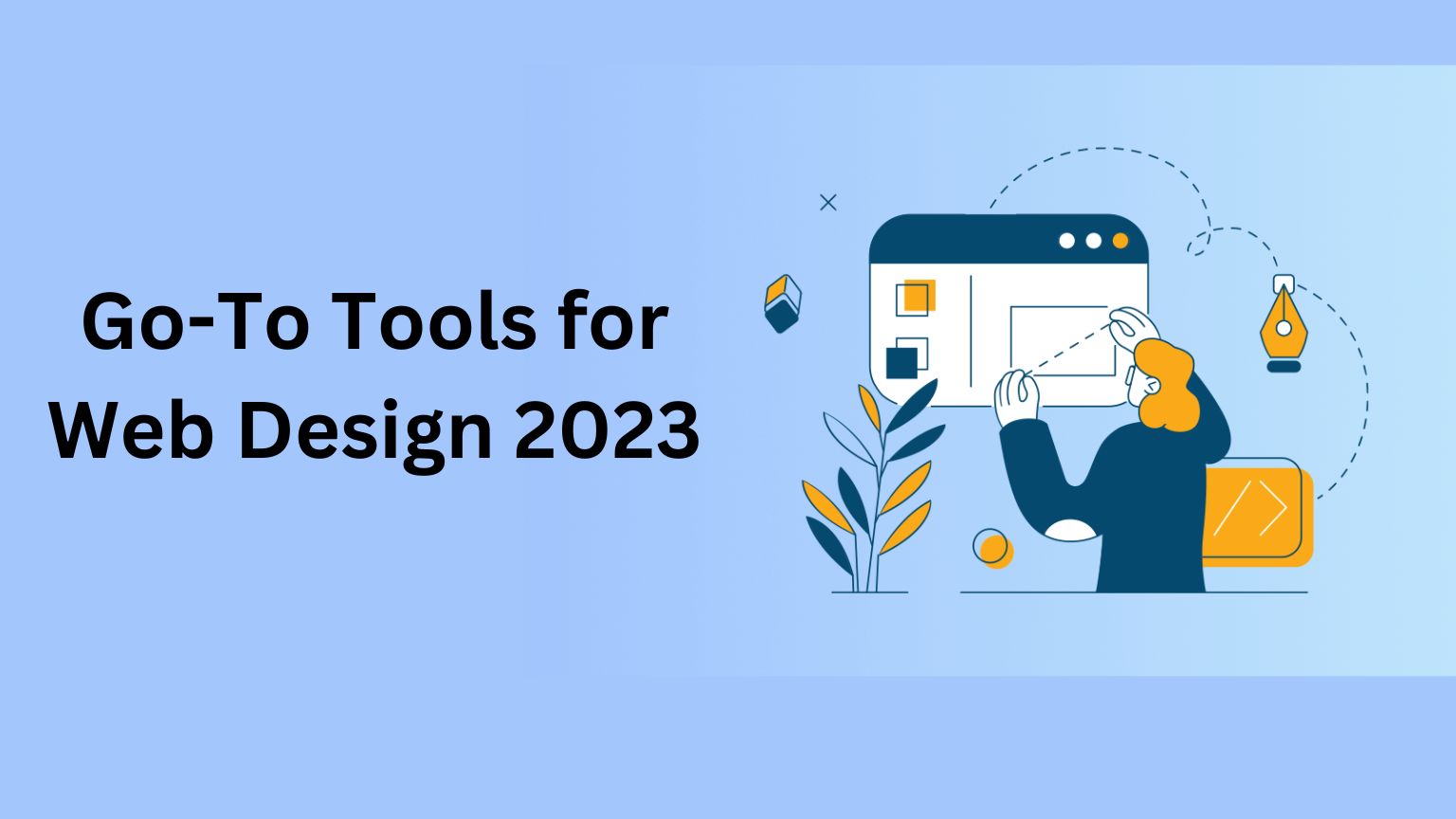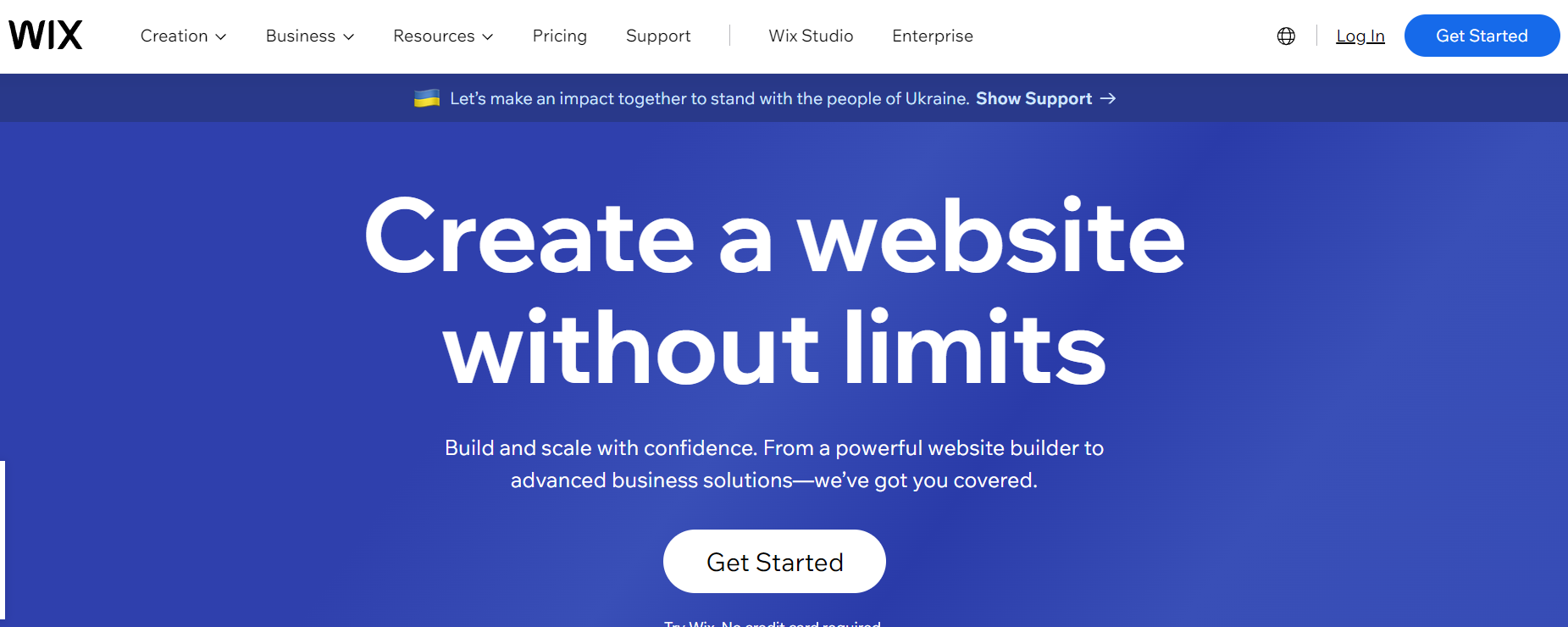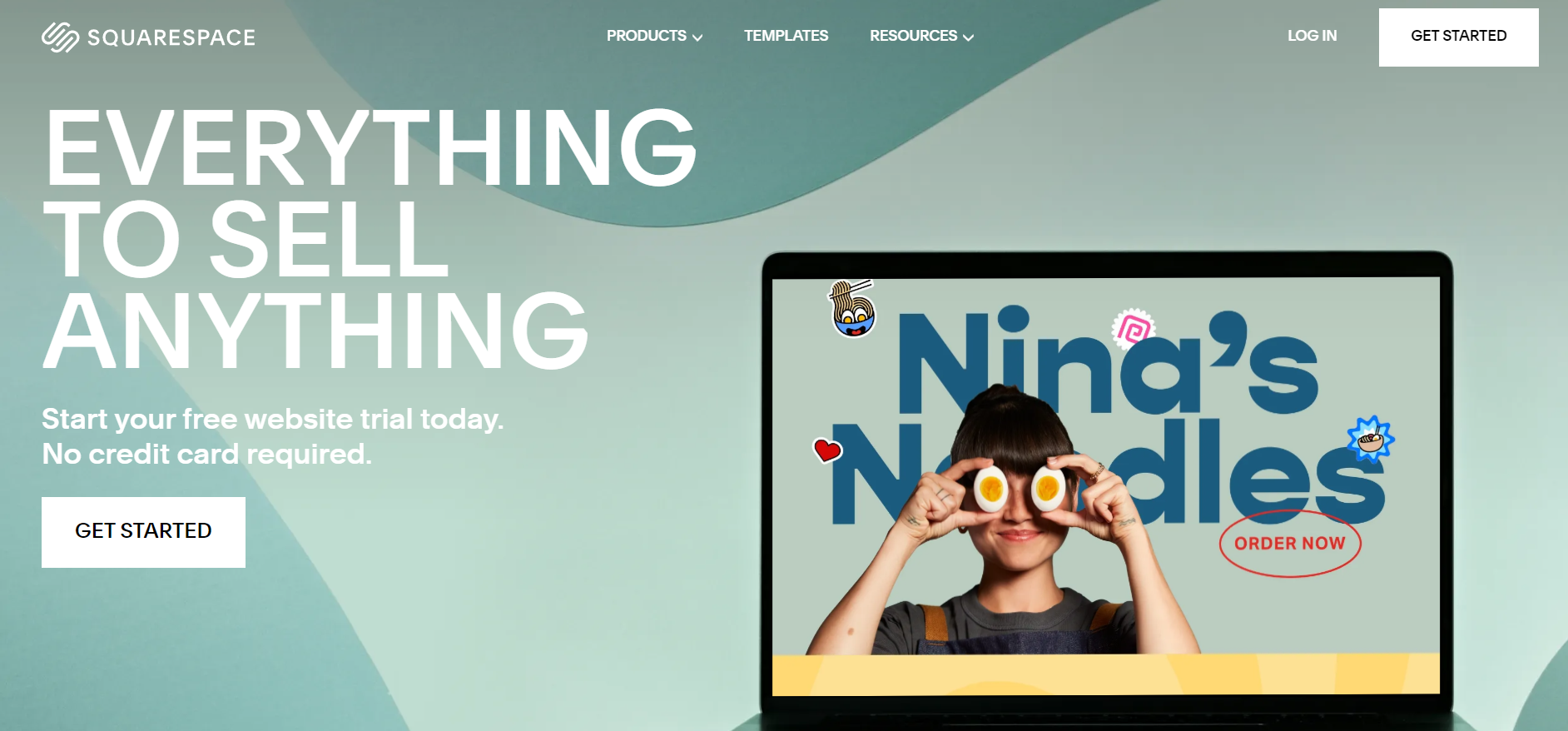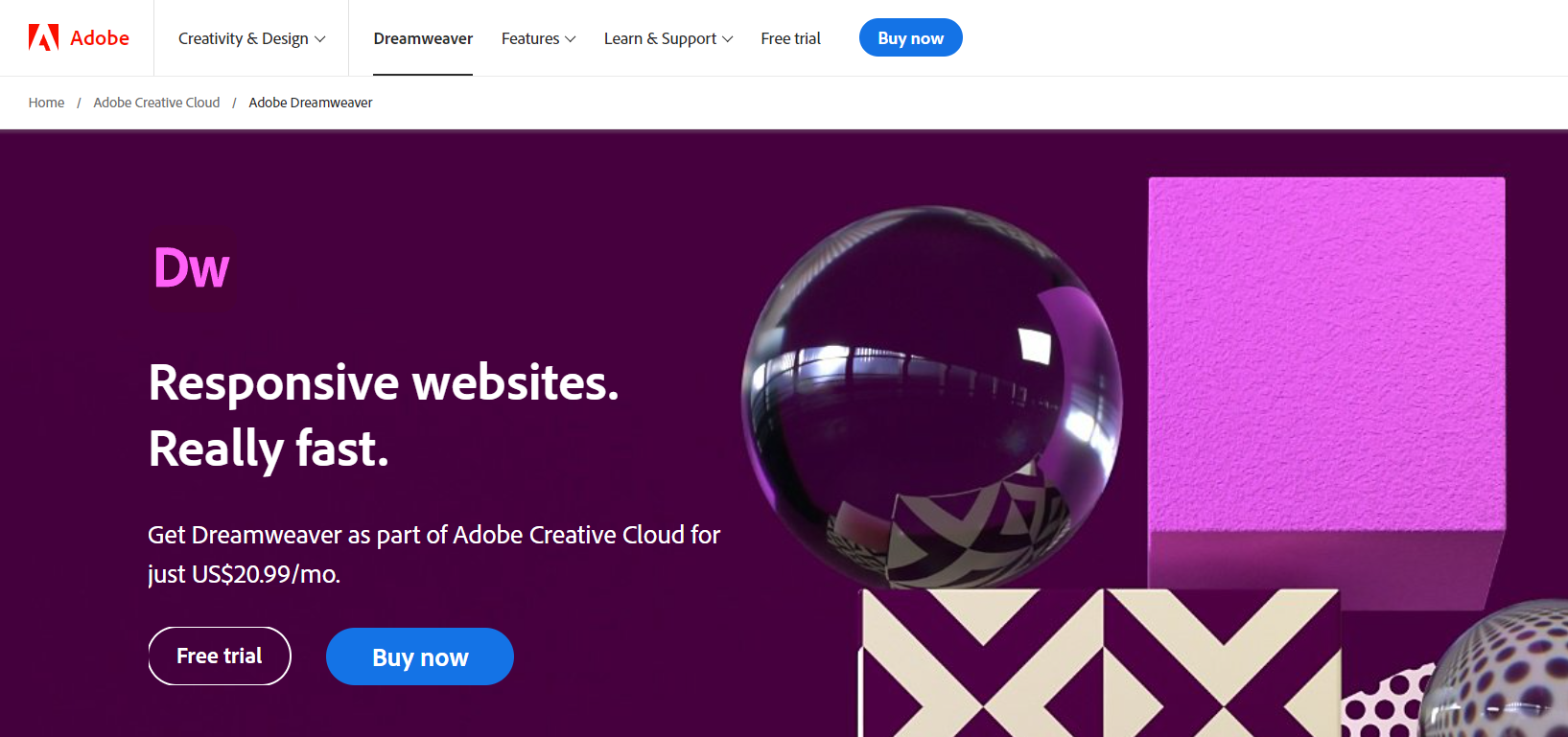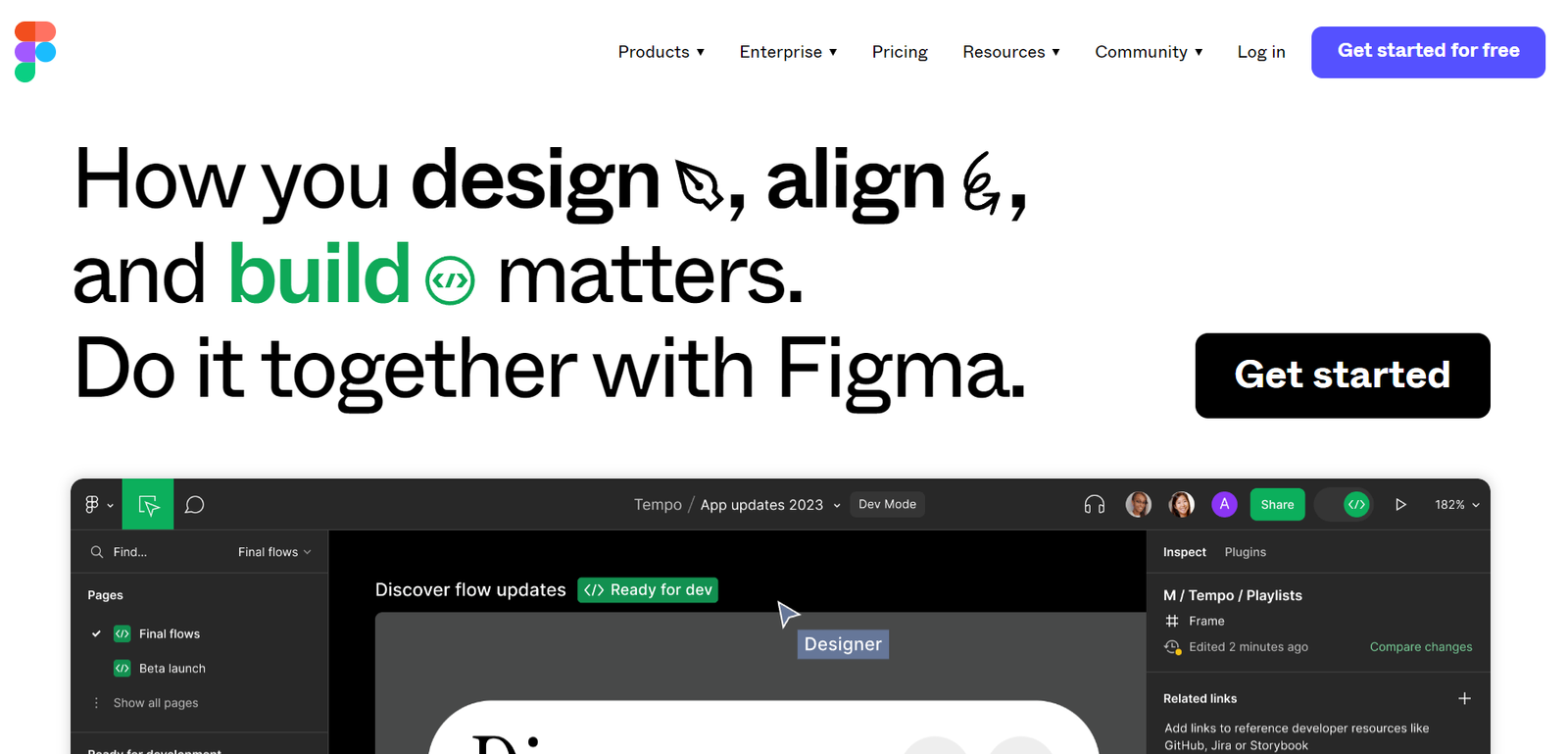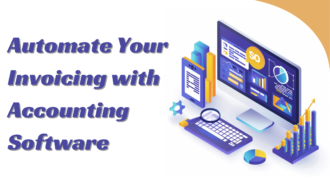Go-To Tools for Web Design 2023
- 1 How Does Web Design Work?
- 2 Key Tools that Will Make Your Website Design Successful
- 2.1 1. WordPress
- 2.2 2. WIX
- 2.3 3. Squarespace
- 2.4 4. Adobe Dreamweaver
- 2.5 5. Figma
- 3 What Are The 7 Steps In Web Design?
- 3.1 Step 1: Set Your Winning Goals
- 3.2 Step 2: Branding Becomes Fun
- 3.3 Step 3: Pivot Your Website Copy
- 3.4 Step 4: Align Your Website In Pattern
- 3.5 Step 5: Create a Mockup Plan
- 3.6 Step 6: Finalise Design & Start Developing
- 3.7 Step 7: Time To Go Public
- 4 Wrapping Up
“When it comes to grabbing attention, visuals are both more powerful and memorable than copy alone. In fact, whereas most individuals will recall 65% of the visual information they see three days later, they will only retain 10% of the written information for the same period of time.”
Planning a business website these days requires a lot of brainstorming for lining up workflow and curating an exhilarating and effortless experience for users. In addition to this, the most capturing aspect to focus on is “What draws people’s attention to websites?”
While the answers could be endless, our major highlight in this blog post will be web designs.
Design plays a huge role in creating the first impression and reflecting the authenticity of your brand. Web design services usually help in getting whatever you are targeting.
But how does web design work? Well, as simple as it may seem, there are a lot of aspects that need your attention such as the visual design tools you pick, the website development company you hire, and the trends you employ in the business.
Here are some mind-blowing tips and tools for web design in 2023. That goes beyond providing simplicity and excellence.
How Does Web Design Work?
The process of planning, envisioning, and putting a strategy in place for building a website in a way that is practical and provides a positive user experience is known as web designing.
The user experience is at the heart of web design. A variety of features are displayed on websites in ways that make them simple to traverse.
It basically entails working on every aspect of a website that users interact with to make it easy and effective, let visitors navigate the information they need in a fast-paced manner, and look aesthetically appealing.
Together, these elements determine how effectively the website is crafted.
Key Tools that Will Make Your Website Design Successful
1. WordPress
Over 40% of the web is powered by WordPress, which started out as a blogging platform and has now developed into a free and open-source content management system. Instead of the fully hosted WordPress.com, this is referring to the self-hosted WordPress.org.
WordPress design and development may seem straightforward to beginners, but to experts, it conceals a great deal of intricacy. Although it may be used to construct and publish websites of different sizes and purposes, the well-liked content management system (CMS) is most frequently used to produce and publish content. Because WordPress is an open-source platform, it may be customized to a great extent.
Although the program is free, you must set up and pay for your own web hosting. You may achieve this with their assistance because many web hosting companies provide dedicated WordPress hosting. Users may also be charged for premium WordPress themes and plugins by third-party vendors.
2. WIX
Wix offers three primary options for building websites as a cloud-based web development platform: Wix Editor, Wix Artificial Design Intelligence (ADI), and Velo by Wix. Every tool has a certain user base in mind. Even though we will just discuss its most significant aspects, it is crucial to comprehend how Wix Editor differs from other design tools.
Wix Editor is an intuitive drag-and-drop website builder made primarily for new users. Wix ADI is an AI-powered automated site builder that builds a whole site based on user preferences. Velo by Wix, an open-source web application development platform, is ideal for independent web developers.
Additionally, there are three premium plan types available: Website, Business, eCommerce, and Enterprise. Combo costs $16 per month, Unlimited is $22 per month, Pro is $27 per month, and VIP is $45 per month.
3. Squarespace
Instead of using code, the Squarespace website builder enables users to construct simple websites.
You may construct appealing, contemporary, and responsive pre-made website designs using this website builder for blogs, photographers, and portfolios. Users may utilize the platform’s chosen designer color palettes and typeface bundles to personalize their designs.
The four premium options are $16/month for Personal, $23/month for Business, $27/month for Basic Commerce and $49/month for Advanced Commerce. While monthly payment is also an option, prices are invoiced annually. There is a 14-day free trial but no free plan.
4. Adobe Dreamweaver
The HTML, CSS, and JavaScript programming languages are supported by the web creation application Adobe Dreamweaver. This program is frequently used to make web pages and responsive websites.
It is a coding-intensive tool that gives users access to a visual interface and manual programming to build and edit webpages. As a result, it is more complex than a conventional drag-and-drop editor yet simpler than an IDE that just supports coding.
Users may take advantage of a 7-day free trial by entering their credit card information. Adobe Dreamweaver provides two premium options, Monthly at $31.49/month and Yearly at $20.99/month, in addition to operating on both Windows and macOS.
5. Figma
Compared to Adobe XD, Figma has a different platform architecture. You can rely on it to foster collaboration even more than Adobe XD because the majority of its UI/UX design services activities are cloud-based.
Instead of using vector routes, the user interface design process uses vector networks. Without writing a single line of code, you may create the components while utilizing the many configurable elements available in Figma’s extensive collection.
Additionally, all of these projects are automatically stored in the cloud, giving you complete freedom to revert to earlier iterations.
What Are The 7 Steps In Web Design?
Step 1: Set Your Winning Goals
This might not be your first encounter with the statement “Set Your Goals”. As mundane as it may sound, this is the root of streamlining your mission and vision.
- If your goal is not clear-cut, you may have trouble managing the other critical aspects involved.
- The goal defines your business and helps you better design your website.
- When the goal is aligned appropriately, it rises the chances of making an impact and driving great opportunities.
Step 2: Branding Becomes Fun
Forget the old-fashioned branding styles, a modern web design can, even more, your branding approach fun.
But again, this only depends on the way you define your purpose and the web designers you hire.
- Pick a business name that reflects your business
- Use color contrasts that match your perspective and ideas
- Use fonts that go along with the chosen colors
- Get a logo designed that covers everything mentioned above. And of course, get users to know you better
Step 3: Pivot Your Website Copy
The majority of individuals write their website copy last. This is not a smart move.
You make the subsequent web design tasks more challenging if you don’t start writing the content for your pages early on.
It will be considerably more difficult to arrange the design and ensure that everything will fit without properly specified content. In other words, you’re creating too much “thin air design”—designing without any meaningful content to provide on the page. This is how a design that looks fantastic but is absolutely unusable gets created.
Step 4: Align Your Website In Pattern
There is more to your website structure than what is included on a single web page. This is how all those pages relate to each other and guide the visitors to every sub-sites easily so that they get what they came for.
Think UX (user experience), to put it briefly. What particularly do you want your site’s visitors to be able to accomplish on it? What kind of experience are you hoping to provide them?
In essence, the UX discussion revolves around your goals and those of your visitors, which may or may not always be the same thing.
Once again consider what we have mentioned in the goals segment. Then based on that, streamline your website step-by-step. Think, “Is your website developed as per your vision?”
Step 5: Create a Mockup Plan
A mockup is a replica of the sketch you design before implementing it online. It is basically:
- Point A: A blank screen (Where you start your website development services)
- Point B: The final design layout of your business website.
The advantage of using a mockup as opposed to bypassing the mockup stage and developing in your preferred page builder right away is that you may spend some time concentrating on the wider picture.
By doing so, you can make sure that your page architectures adhere to the proper rules and that your objectives receive adequate attention. By building the mockup, you’re laying the groundwork for later on when you’ll develop your design.
In this manner, you avoid diving headfirst into the design’s intricate elements. If you did that, you may fall into the trap of spending too much time on pixel-perfecting each individual design feature instead of taking a broader view of how all these parts work together to move you closer to your objectives.
Step 6: Finalise Design & Start Developing
It’s now time to construct some websites with your bare hands!
The previous stages have very much established the course at this point. You have objectives. You are aware of your target market. You are aware of your rivals. Your navigation structure and mockups are prepared. You already have a logo, color scheme, and brand identification. Put these things to use as soon as possible!
You can tackle this problem in one of two ways:
- Write everything by hand, from scratch
- Use page builders and a WordPress framework theme
Step 7: Time To Go Public
Make your website accessible to the general public now!
Installing your website on your final production server comes first, which is the dull part. Also, if you haven’t already, connect the domain name.
If you’ve been working on your site locally, you may switch it over to production by using a plugin like Duplicator. Additionally, some servers provide their own migration services or advocate utilizing particular migration plugins. It’s preferable to follow such suggestions. Check the documentation provided by your host.
Now that you’ve finished, it’s time to hire a reliable best website Development Company to ensure that you’re setting up your site for success and not overlooking any crucial issues.
Wrapping Up
We have covered the factors you should think about when selecting a web design tool and have shown some of the top options. We divided the tools into three categories based on the most appropriate use cases: web graphic design, website building, and marketing.
The ideal web design tool for you ultimately relies on your own requirements as a web designer or developer. By utilizing the tool’s free trials and demonstrations, you may examine all of its features and functions.
Utilize the top web development tools and frameworks to create a spectacular online presence for your company. Make the necessary plans with a software development company right away to construct the ideal websites for your organization.

